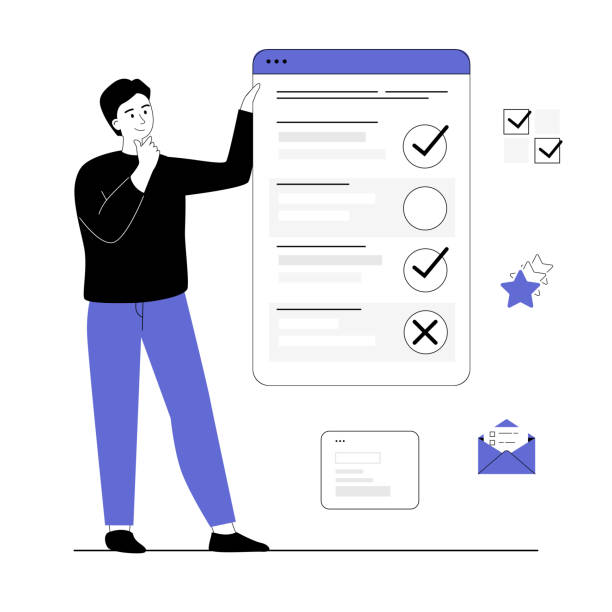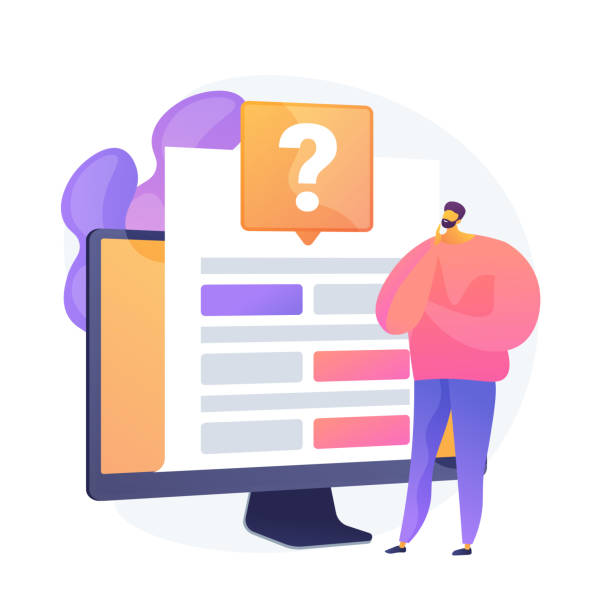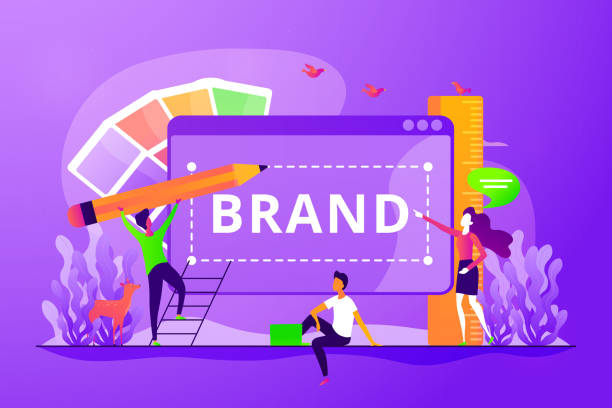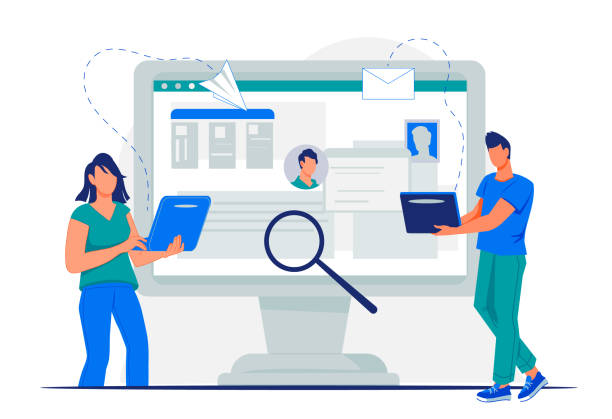The Importance of Personal Website Design in the Digital Age
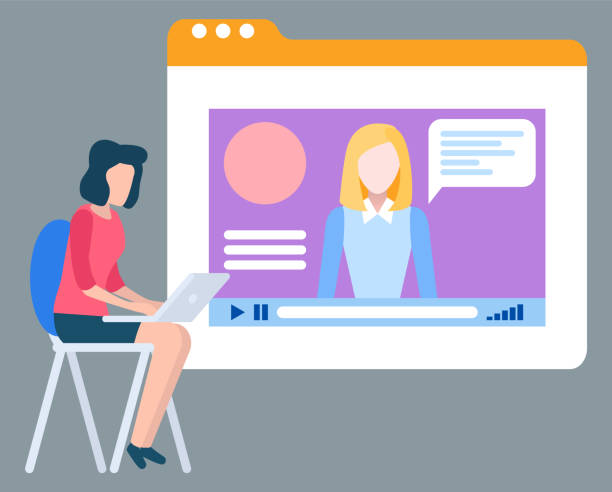
In today’s world, where physical boundaries have faded and communication often takes place virtually, having a strong digital identity has become more important than ever.
Personal website design is not only a tool to introduce yourself to the world but also provides a platform to showcase your skills, experiences, and even your thoughts.
This platform can serve as an online portfolio for artists, a dynamic resume for professionals, or a personal space for sharing interests and writings.
A personal website allows you to have complete control over the published content, and unlike social media networks with their specific rules and algorithms, your website is entirely under your control. This empowers you to build and develop your personal brand exactly as you wish.
In this explanatory chapter, we explore why a personal website is needed and its countless benefits.
From a digital identity perspective, a personal website acts like your online business card, but much more powerful and comprehensive.
This is an educational opportunity to understand how you can expand your online presence beyond the limited profiles of social networks.
This dedicated space allows you to showcase the depth of your expertise and skills to your audience, potential employers, or clients.
For example, a graphic designer can display their best works, a writer can publish their articles and stories, and an IT specialist can share their coding projects.
This type of online presence lends you credibility and establishes you in the minds of your audience as a professional and trustworthy individual, significantly contributing to strengthening your personal brand.
Dissatisfied with your e-commerce site’s low sales?
Rasaweb is your solution for a professional and high-selling e-commerce site.
✅ Significant increase in sales and revenue
✅ Easy and enjoyable shopping experience for customers
⚡ Get free consultation from Rasaweb right now!
Why Should We Have a Personal Website? Benefits and Goals
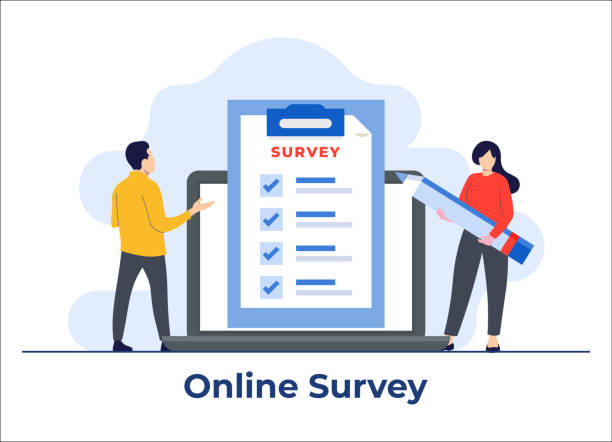
Building and launching a personal site is a question; do we really need it in the glamorous world of social media? The emphatic answer is “yes”.
While platforms like LinkedIn and Instagram are useful for initial connection and display, they have many limitations.
A personal website provides complete control over your content, design, and data. This means you can tell your story in a completely unique way, without interference from algorithms or changing rules of other platforms.
This is a long-term investment in your personal brand that will yield significant returns.
Key benefits include increased credibility, improved career opportunities, the ability to sell products or services, and the creation of a permanent portfolio.
This deeper analysis shows you why this digital tool is more than just a simple profile.
From an analytical perspective, having a personal website allows you to monitor visitor data and, through this, improve your content strategies.
You can identify which sections of your site receive the most attention and which content needs optimization.
These capabilities are more limited or unavailable on social platforms.
For a professional, personal website design means building a command center for all your online activities; a place where you can display articles, projects, certifications, and even testimonials in an organized manner.
This not only helps you to be recognized as an expert but also builds audience confidence.
Ultimately, having a personal website differentiates you from competitors and demonstrates your commitment and seriousness in your field, which can significantly help increase your influence in the industry.
Are you frustrated with your online store’s low conversion rate?
Rasaweb, with its professional e-commerce site design, is your definitive solution!
✅ Increase your sales and revenue
✅ Unparalleled user experience for your customers
⚡ Get a free consultation now!
Key Elements in Successful Personal Website Design

For a personal website design to be truly effective, it must include a set of key elements that ensure an excellent user experience and achieve your goals.
The first and most important element is responsive design, which ensures your site displays well on all types of devices, including mobile, tablet, and desktop.
The second element is simple and intuitive navigation (menus), which helps visitors easily access the information they need.
Engaging and high-quality content, including text, images, and videos, is also of high importance.
The “About Me” or “Biography” section, portfolio or work samples, and contact methods are other vital sections.
These explanations are initial guidance for getting started, and understanding them is essential for anyone intending to step into building a personal website.
Additionally, site loading speed and security play a crucial role in retaining visitors and improving search engine rankings.
To achieve a professional personal website design, it is recommended to pay attention to the following points.
These specialized considerations include technical and design details that should not be overlooked.
A good personal website should reflect your personality and brand, so visual design, color scheme, and fonts must be carefully chosen.
The table below provides a checklist of essential elements for a successful personal website:
| Key Element | Brief Description | Importance in User Experience |
|---|---|---|
| Responsive Design | Correct and optimized display on all devices | Very High |
| Simple and Intuitive Navigation | Easy and quick access to different sections of the site | High |
| Engaging and High-Quality Content | Relevant and valuable texts, images, and videos | Crucial |
| “About Me” Section | Personal and professional introduction of the site owner | Medium to High |
| Portfolio or Work Samples | Visual display of best achievements and projects | Very High |
Choosing the Right Platform for Building a Personal Website
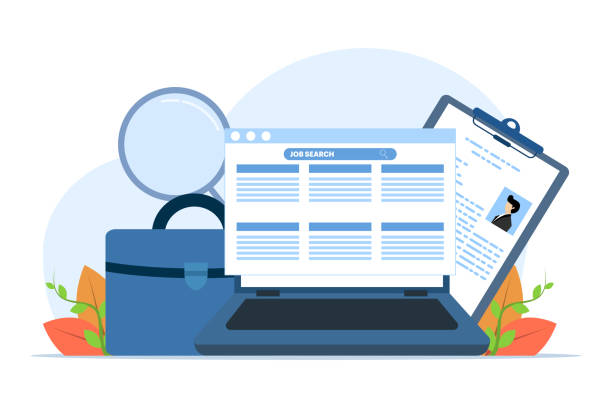
One of the most important decisions in the personal website design process is choosing the right platform or Content Management System (CMS).
This choice will significantly impact the ease of use, scalability, and maintenance cost of your website.
Various platforms exist, each with its own advantages and disadvantages.
The most common options include WordPress, Wix, Squarespace, and even manual coding. The right choice depends on your technical knowledge, budget, and specific goals for your website.
This section serves as expert guidance to help you choose the best option for yourself.
**WordPress:** For many, WordPress is an excellent choice.
This CMS is very powerful and flexible, with thousands of free and paid themes and plugins.
From personal blogs to large corporate websites, WordPress can meet diverse needs.
However, it requires some technical knowledge for setup and maintenance.
WordPress is ideal for those who want complete control over their website and plan to expand it in the future.
**Wix and Squarespace:** These platforms are known as website builders and are suitable for individuals with limited technical knowledge or those who want to quickly launch a website without needing to code.
They feature a drag-and-drop user interface and offer many ready-made templates.
Of course, this simplicity usually comes with limitations in customization and advanced features.
**Manual Coding (HTML, CSS, JavaScript):** For those seeking complete control and infinite customization, manual coding is a suitable option.
This method requires programming knowledge and is time-consuming, but it allows you to implement any design and functionality you desire.
This is a highly specialized approach and is recommended for very specific projects or for those who are web developers themselves.
Ultimately, it’s important to choose a platform that aligns with your abilities and goals to make your personal website design process more enjoyable and to provide a suitable foundation for future growth and development.
Disappointed with your online store’s low conversion rate?
Rasaweb, with its professional e-commerce site design, is your definitive solution!
✅ Boost your sales and revenue
✅ Unparalleled user experience for your customers
⚡ Get a free consultation now!
Content Strategy for Your Personal Website
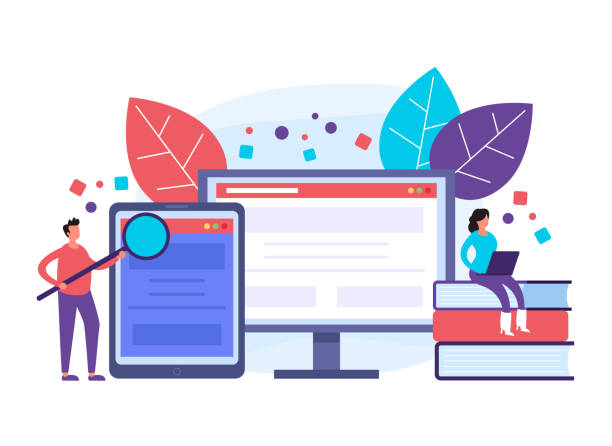
After deciding on your personal website design and choosing a platform, it’s time for content strategy.
Content is the heart of any website, and on a personal website, content introduces you in the best possible way.
The first step is identifying your target audience.
Who will visit your site, and what kind of information are they looking for? The answer to this question determines the type and tone of your content.
You should produce content that is both informative and adds value for the visitor.
This section serves as essential guidance on content creation and is the key to attracting and retaining your audience.
Content can include various types: blog articles about your expertise, projects you’ve completed, art image galleries, educational videos, or even personal podcasts.
To attract and retain your audience on the site, content must be up-to-date, relevant, and engaging. For example, if you are a programmer, you can write about the latest technologies or your experiences in solving coding problems.
If you are an artist, displaying a complete collection of your artworks in an online gallery will be very effective.
Using and combining various content types can enrich the user experience.
It is recommended to have a content calendar to ensure regular planning for publishing new material.
This helps you always have fresh and engaging content to offer.
Also, don’t forget that your content must be original and unique.
Copying is not only ethically wrong but also harms your site’s ranking in search engines.
Your content should be such that the visitor feels they have discovered something valuable and new.
Producing entertaining yet informative content can turn your personal website into a regular destination for visitors.
Principles of Visual Design and Aesthetics in a Personal Website

One of the vital aspects in personal website design is adhering to the principles of visual design and aesthetics.
The appearance of your site is the first thing visitors encounter and greatly influences their initial impression.
Visual design is not just about beauty; it also encompasses functionality and user experience.
A beautiful, clean, and user-friendly site is more likely to attract and retain visitors. This section explains how to understand the fundamental principles and give your website a unique visual identity.
Key principles include Simplicity (Minimalism), Balance, Contrast, Unity, and Visual Hierarchy.
Simplicity means removing unnecessary elements and focusing on the main content, making your site appear less cluttered.
Balance refers to the proper distribution of visual elements on the page, while contrast, through the use of different colors, fonts, and sizes, draws attention to important points.
Unity means the harmony of all site components and creating visual coherence, and visual hierarchy uses the size and position of elements to indicate their importance.
The correct choice of colors and fonts also plays an important role in the site’s aesthetics.
Colors can convey different emotions and must be chosen carefully and in harmony with your personal brand.
Color psychology in web design is a specialized topic that can help you choose the right color palette.
Fonts should also be legible and consistent with the overall tone of the site.
The use of whitespace is also crucial for creating a sense of calm and focusing on the content.
Ultimately, the goal of visual design is to create a pleasant and memorable user experience that reflects your identity and expertise and makes visitors enjoy their time on your site.
Search Engine Optimization (SEO) for Personal Websites

Even the best personal website design will be useless if it’s not seen by the audience.
This is where Search Engine Optimization or SEO comes into play.
SEO is the process of improving your website’s visibility in organic search results of engines like Google.
This involves numerous specialized techniques whose ultimate goal is to attract more relevant traffic to your site.
By adhering to SEO principles, you can ensure that the right people find your site.
This section is a comprehensive and specialized guide to SEO for personal websites and plays a vital role in your online success.
The main elements of SEO for a personal website include: keyword research, content optimization, technical optimization, and backlink building.
**Keyword Research:** Identifying the words your audience uses in search engines to find content similar to yours is the first step.
Then, you should naturally incorporate these keywords into your content.
**Content Optimization:** Your content should not only be useful for humans but also understandable for search engines.
This includes using title tags (H1, H2, etc.), meta descriptions, and image optimization.
**Technical Optimization:** This includes aspects such as site loading speed, responsiveness, friendly URL structure, and an XML sitemap.
A fast and technically optimized website provides a better user experience and is preferred by search engines.
**Backlink Building:** Obtaining links from other reputable websites to your site increases your site’s authority with search engines.
For your personal website design to be strong in terms of SEO, you must continuously monitor and optimize these factors.
The table below shows some of the key SEO factors in more detail:
| SEO Factor | Explanation | Impact Level |
|---|---|---|
| Keyword Research | Finding and targeting user search queries | High |
| Content Optimization | Natural use of keywords, proper text structure | Very High |
| Site Loading Speed | Server response time and page load | Important |
| Responsiveness | Full compatibility with mobile and tablet devices | Crucial (Mobile-First) |
| Backlink Building | Receiving links from other reputable websites | High |
Marketing and Promotion of Your Personal Website
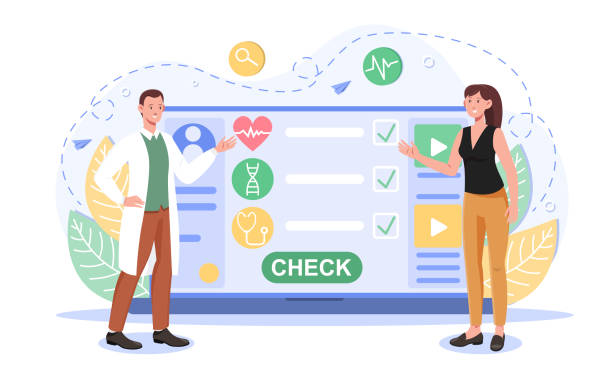
After completing your personal website design and ensuring its optimization for search engines, the next step is marketing and promotion.
Having a great website is only half the battle; you need to ensure people know it exists.
Digital marketing for personal websites includes several strategies to help you reach a wider audience.
This section provides practical guidance for increasing your site’s visibility and discusses the importance of communication and interaction with your audience.
One of the most effective ways is to use social media.
Place your website link on all your social media profiles (LinkedIn, Twitter, Instagram, Facebook, etc.) and regularly share new site content on these platforms.
This can drive significant traffic to your site.
Furthermore, participating in online forums and specialized groups related to your field provides excellent opportunities to introduce your website.
This news and interactive approach helps you build a community of loyal followers.
Email marketing is also a powerful tool.
You can create an email list of those interested in your content and send them updates or new articles via email newsletters.
Collaborating with bloggers or other websites in your field can also help increase backlinks and referral traffic.
Participating in events and conferences (both online and offline) and introducing your personal website to attendees and speakers is another way to expand your network and market yourself.
You can even use physical business cards with your website address.
It’s important to disseminate news about successes or important site updates through various channels to maximize audience reach.
Ultimately, promoting a personal website is a continuous process that requires ongoing effort and planning and leads to establishing your brand in the online space.
Falling behind in competition with large online stores?
Rasaweb, with its professional e-commerce site design, brings your business online and increases your market share!
✅ Enhanced brand credibility and customer trust
✅ Easy shopping experience leading to more sales
⚡ Act now to get a free website design consultation!
Ongoing Maintenance and Updates for Your Personal Website
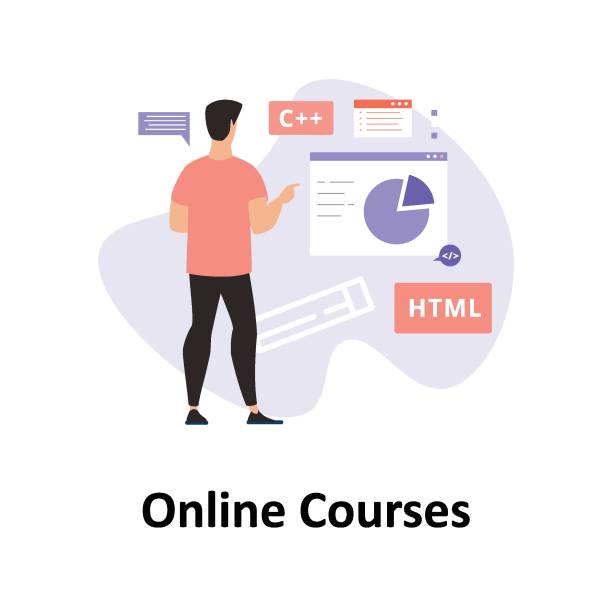
Building and designing a personal website is one stage, but its ongoing maintenance and updates are a more vital and long-term stage.
A website left unattended quickly becomes outdated and loses its credibility.
Regular updates not only help maintain site security but also ensure your content remains fresh and relevant.
This section includes guidelines and educational tips for maintaining the dynamism and security of your website and speaks to the importance of continuous commitment to your online platform.
The first step in maintenance is ensuring that the CMS platform (like WordPress), themes, and plugins used are up-to-date.
These updates often include security patches and performance improvements, which are essential for preventing cyber attacks and maintaining site speed.
Regular backups of the entire website (files and database) are also crucial so that you can quickly restore your site in case of any issues. These technical measures form the foundation of a stable website.
In addition to technical aspects, content updates are also of high importance.
Review old articles, add new information, and fix any broken links.
Regularly adding new content (such as blog posts, new projects, or certifications) not only encourages visitors to return but also sends positive signals to search engines that your site is active and content-rich.
Monitoring site performance with tools like Google Analytics and Google Search Console is also essential so you can identify issues and discover opportunities for improvement.
Continuous maintenance and updates demonstrate your professionalism and help you preserve the long-term value of your personal website and always stay ahead.
The Future of Personal Website Design: Emerging Trends

The world of web design is rapidly evolving, and the future of personal website design is no exception.
Emerging trends and new technologies are constantly changing how we interact with the web.
Awareness of these trends not only helps you keep your site up-to-date but can also provide new and exciting opportunities for expressing your creativity and expertise.
This section is an analysis of future trends and helps you prepare for future developments in the digital space.
One of the most important trends is an increased focus on User Experience (UX) and User Interface (UI).
Websites must not only be beautiful but also highly user-friendly and intuitive.
The use of subtle animations, micro-interactions, and designs based on user psychology principles is on the rise.
Artificial Intelligence (AI) and Machine Learning (ML) will also play an increasing role in personalizing visitor experiences and even in design tools.
For example, AI-powered chatbots can provide instant support to visitors.
These developments can make personal website experiences much more immersive and intelligent.
Another important trend is the growing importance of Progressive Web Apps (PWAs), which offer a mobile app experience within a web browser.
This means high speed, offline functionality, and the ability to install on the phone’s home screen.
Also, the increased use of Virtual Reality (VR) and Augmented Reality (AR) on websites can provide entirely new interactive experiences, especially for art and architecture portfolios.
Furthermore, a focus on Accessibility for people with disabilities will become an important standard in web design. Ultimately, although technologies change, the main goal of personal website design will still be to effectively introduce you to the world, but with more powerful and creative tools that can create a truly entertaining and unparalleled experience for visitors.
Frequently Asked Questions
| Question | Answer |
|---|---|
| Why should we have a personal website? | A personal website helps you build your personal brand, showcase your skills and portfolio, connect with your audience, and gain new career opportunities. |
| What steps should be taken to design a personal website? | The steps include defining the goal, choosing a domain name and host, selecting a platform (e.g., WordPress), designing the user interface, content creation, search engine optimization (SEO), and launching. |
| Do I necessarily need to know coding to design a personal website? | No, by using Content Management Systems (CMS) like WordPress or Website Builders like Wix and Squarespace, you can design your website without needing to code. |
| What is a Domain Name and how do I choose one? | A domain name is your website’s address on the internet (e.g., yourname.com). It’s best to choose a name that is short, memorable, relevant to you or your business, and has an appropriate extension (like .com, .ir). |
| What is Hosting and why do I need it? | Hosting is a space on the internet where all your website’s files and information (such as images, texts, codes) are stored so they are always accessible to users. Without hosting, your website will not be visible. |
| What should the content of a personal website include? | Content usually includes an “About Me” page, portfolio, services/skills, a blog (articles), contact information, and a contact form. |
| How can I optimize my personal website for search engines (SEO)? | By using relevant keywords, producing quality content, improving website loading speed, being mobile-responsive, building internal and external links, and optimizing title and description tags. |
| Why is Responsive Design important for a personal website? | Responsive design ensures that your website displays correctly on all devices (computers, tablets, mobile) and provides a good user experience, which is also important for SEO. |
| What should I do for personal website security? | Use an SSL certificate (HTTPS), regularly update the platform and plugins, use strong passwords, perform regular backups, and install firewalls or security plugins. |
| How can I increase traffic (visitors) to my personal website? | Through SEO optimization, content marketing (blogging), social media activity, email marketing, online advertising, and collaborations with other websites. |
And other services of Rasa Web Advertising Agency in the field of advertising
Smart Content Strategy: An innovative service for enhancing campaign management through key page optimization.
Smart Advertorials: An innovative service for boosting sales through user experience customization.
Smart UI/UX: A creative platform for improving click-through rates with appealing user interface design.
Smart Digital Branding: An effective tool for customer acquisition through appealing user interface design.
Smart Advertising Campaigns: An innovative service for increasing website traffic through Google Ads management.
And over hundreds of other services in internet advertising, advertising consultation, and organizational solutions
Internet Advertising | Advertising Strategy | Advertorials
Resources
Successful Personal Website Design Guide on Host Iran BlogImportant Tips for Personal Site Design from Iran TekWebgardi: How to Have a Successful Personal Site?Step-by-Step Personal Website Design on DMF
? Are you ready for your business to shine in the digital world? “Rasaweb Afarin”, a leading digital marketing agency, offers comprehensive services including professional WordPress website design, SEO, and content marketing, guiding you to reach the pinnacles of online success.
📍 Tehran, Mirdamad Street, next to Central Bank, Kazeroun Southern Alley, Ramin Alley, No. 6

